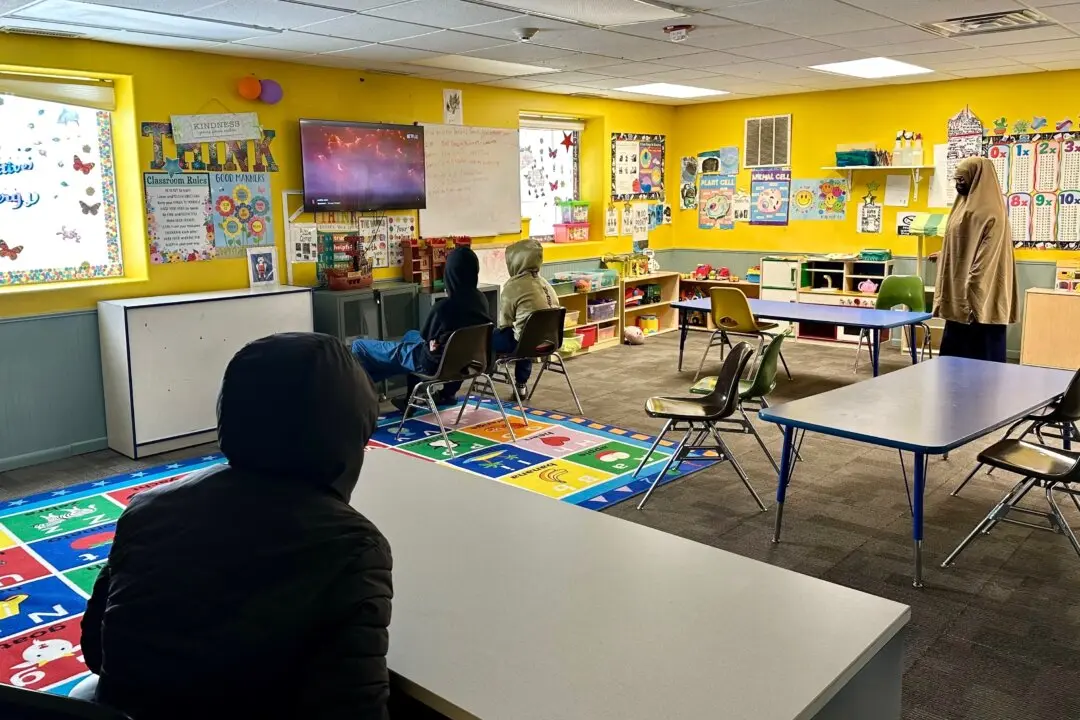A recent Pew Research Center survey showed that many U.S. teens are using social media platforms at high rates, or “almost constantly,” despite growing concerns about the negative effects on their mental health.
The survey, published by Pew Research Center on Dec. 11, found that nearly half of the 1,453 U.S. teens surveyed—who were between the ages of 13 and 17—used certain social media sites almost constantly.





